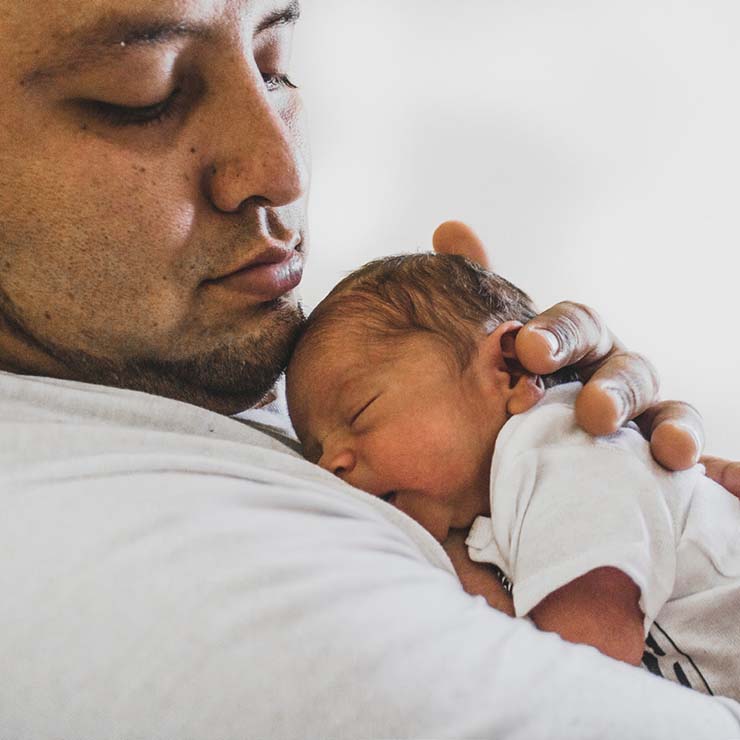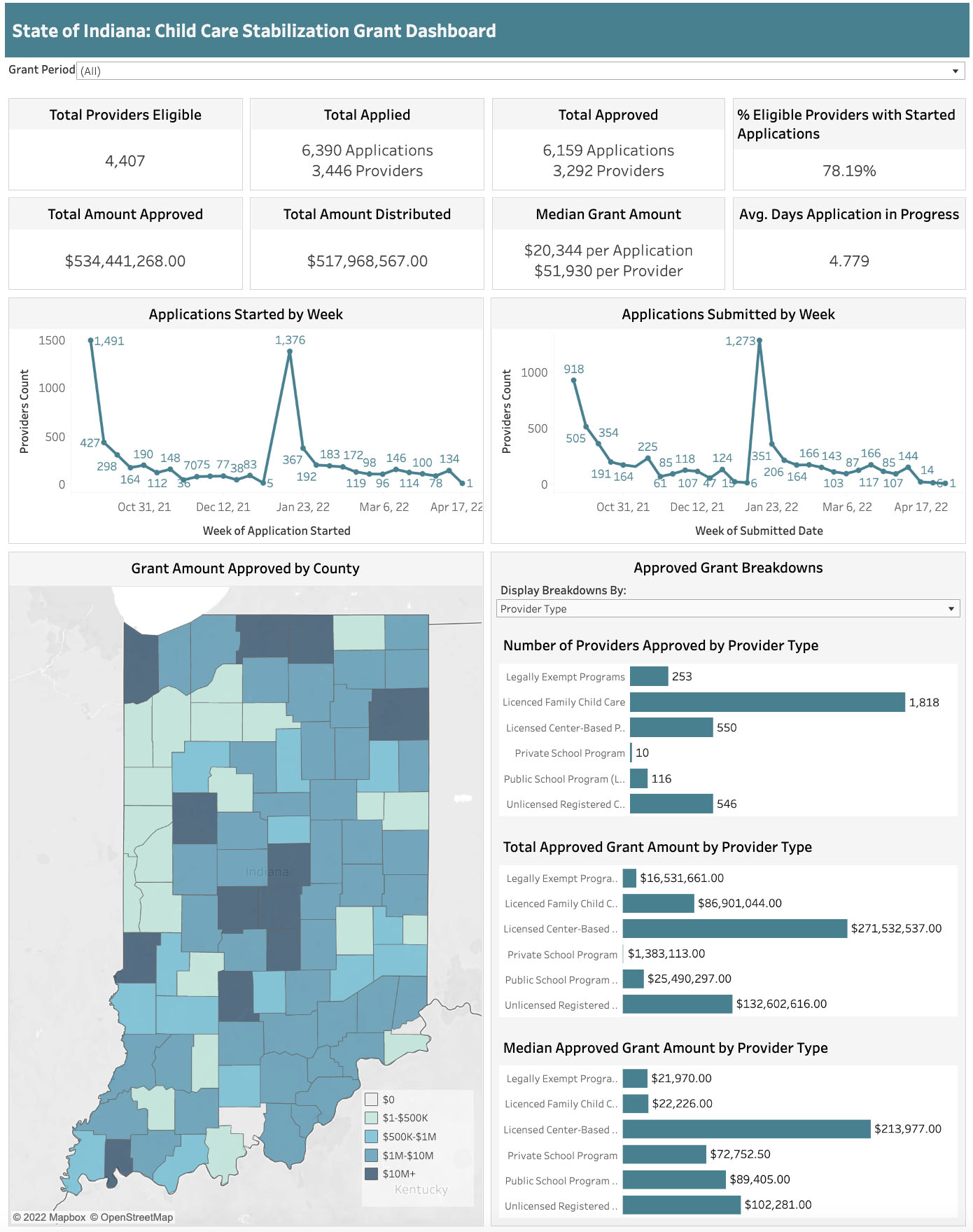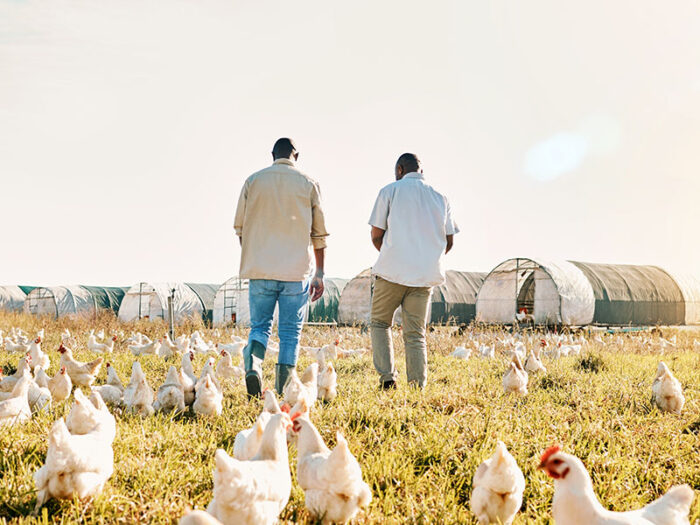
The Problem

The Solution
Goals Achieved
1. Met federal guidelines and a higher state standard
The federal government provided application and eligibility guidelines but left room for states to determine how they’d distribute funds. Indiana’s OECOSL wanted to give assistance to as many providers as possible; it also wanted to ensure they performed good stewardship of the grant money and hold providers accountable for funds received. The funds are specifically to be used in these categories:
Building an ARPA portal presented two key challenges. First, OECOSL had no current ability to collect and process grant applications. In fact, much of the federally mandated data collected in the application process had never been recorded anywhere before. The ARPA portal would need to be robust and flexible so that this data could be used to later inform data-driven decisions. Second, electronic records and data collection aren’t a prerequisite to quality care. Applicants would in many cases be sole proprietors operating out of their homes and would have to gather eligibility requirement documentation from scratch. OECOSL needed its portal and application to be as easy to use as possible.
2. Ensured connection and scalability
Where data was available, we worked to integrate it to provide a starting point. That first meant connecting the ARPA portal with I-LEAD (Indiana Licensing and Education Access Depot), the online Indiana child care licensing and documentation system that facilitates licensing, background checks, and professional development. This ensured providers could access the application securely, and in an online environment they were already familiar with. Next, leveraging the existing cloud environment the team previously implemented to support the development of data-driven applications across the agency by bringing data sources together, we connected to the State’s Child Care Information System (CCIS) to prepopulate certain known data points. This connection would give starting data that applicants could validate or adjust if incorrect, ensuring an easier user experience. We gave the portal the ability to capture previously unrecorded user-provided information about operating staff levels, current enrollment, and enrollment capacity. Making the ARPA portal interoperable with other agency systems lays the groundwork for future scalability.
3. Built technology solutions to simplify and expedite
Resultant designed the portal application with both child care provider end-users and OECOSL staff in mind. The administrative back end of the ARPA portal allows State staff to track, review, and approve applications as they are submitted, streamlining that process and speeding up the time between application submission and fund distribution. Administrative staff also have a real-time metrics dashboard which ensures easy to access to data that is both used internally and reported as required to the federal government.
One of the most important aspects of the application is the integrated cost model, developed with input from OECOSL partners, which determines grant award amounts for each provider. Data from over 2,800 child care providers’ initial application submissions helped Resultant validate and refine key model inputs, including:

The Outcome

The Impact
What We're Seeing
23.3%
Increase in capacity for Paths to Quality (PTQ) Level 4 programs
14.5%
Increase in children that can be served by Early Childhood Education programs
25%
Increase in the total number of children being served, which includes:
We’re proud to help organizations thrive, and we’d love to tell you more.


